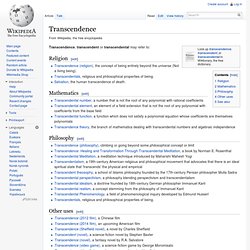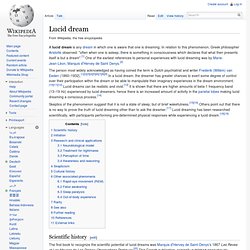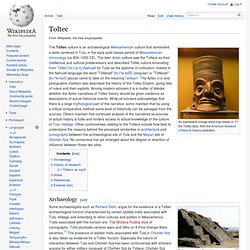

Awakening. Entheogenesis, Shamanism, and Psychonautics. Abstact, Supernatural. General Hallucinogen Information. Transcendence. Transcendence, transcendent or transcendental may refer to: Religion[edit] Mathematics[edit]

Eastern Culture. Lucid dream. A lucid dream is any dream in which one is aware that one is dreaming.

In relation to this phenomenon, Greek philosopher Aristotle observed: "often when one is asleep, there is something in consciousness which declares that what then presents itself is but a dream".[1] One of the earliest references to personal experiences with lucid dreaming was by Marie-Jean-Léon, Marquis d'Hervey de Saint Denys.[2] Skeptics of the phenomenon suggest that it is not a state of sleep, but of brief wakefulness.[15][16] Others point out that there is no way to prove the truth of lucid dreaming other than to ask the dreamer.[17] Lucid dreaming has been researched scientifically, with participants performing pre-determined physical responses while experiencing a lucid dream.[18][19] Scientific history[edit] Philosopher Norman Malcolm's 1959 text Dreaming[22] had argued against the possibility of checking the accuracy of dream reports. Hearne's results were not widely distributed.
Toltec. Archaeology[edit] Some archaeologists such as Richard Diehl, argue for the existence of a Toltec archaeological horizon characterized by certain stylistic traits associated with Tula, Hidalgo and extending to other cultures and polities in Mesoamerica.

Traits associated with this horizon are: The Mixteca-Puebla style of iconography, Tohil plumbate ceramic ware and Silho or X-Fine Orange Ware ceramics.[1] The presence of stylistic traits associated with Tula in Chichén Itzá is also taken as evidence for a Toltec horizon. Especially the nature of interaction between Tula and Chichén Itzá has been controversial with scholars arguing for either military conquest of Chichén Itzá by Toltecs, Chichén Itzá establishing Tula as a colony or only loose connections between the two. The existence of any meaning of the Mixteca-Puebla art style has also been questioned.[2]